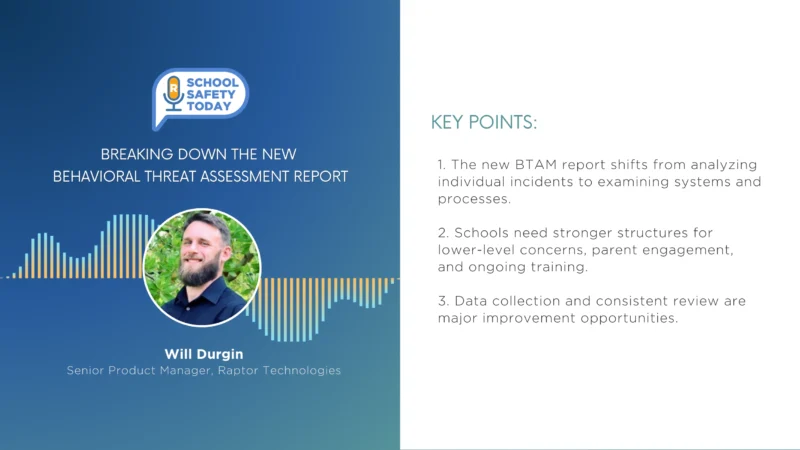Amplifying Voices: The Transformative Power of Sound in Education
In the world of education, sound amplification has emerged as a powerful tool with profound effects, particularly at the elementary level. Teachers and students alike have witnessed the transformative impact of this technology, revolutionizing classroom dynamics and fostering an environment where every voice is heard.
Gone are the days of straining to hear soft-spoken educators or resorting to raising voices to capture attention. With sound amplification systems seamlessly integrated into classrooms, teachers can effortlessly captivate their students’ attention, delivering clear and concise instruction without vocal strain. This not only enhances communication but also prevents teacher fatigue, allowing educators to maintain their energy levels throughout the day.
The benefits extend beyond the teacher-student interaction. Sound amplification systems eliminate distractions by ensuring that every student can clearly hear the teacher, regardless of their location in the classroom. As a result, students become more engaged, leaning forward with rapt attention, and actively participating in discussions. The sense of inclusivity and empowerment is further amplified when students have access to handheld microphones, granting them a platform to share their thoughts and ideas confidently.
Moreover, the introduction of sound amplification systems in educational institutions has demonstrated a positive shift in student behavior. Students recognize the significance of a teacher’s amplified voice and respond with heightened attentiveness and respect. The technology creates a conducive learning environment, where students adopt a focused mindset, signaling that it is time for serious academic engagement.
For educators with decades of experience, the value of sound amplification systems is undeniable. These tools enable teachers to deliver their best instruction, ensuring that every student benefits from the front-row experience. By eliminating the barriers to effective communication, sound amplification enhances inclusivity, enabling teachers to meet the diverse needs of their students.
In conclusion, sound amplification technology has revolutionized education, creating a harmonious learning environment where voices are amplified, connections are strengthened, and engagement soars. From preserving teachers’ vocal health to fostering student confidence and participation, sound amplification systems have become an essential component of modern classrooms. By embracing this innovative tool, educators empower their students, providing them with the opportunity to excel academically and shape a brighter future.



